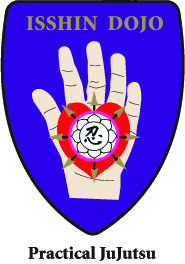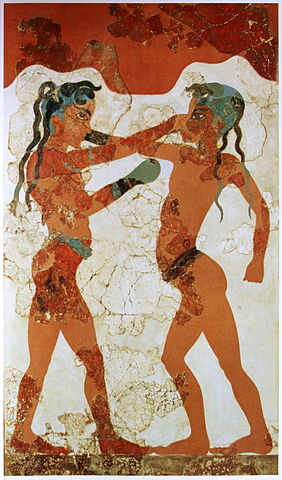
One of my old Japanese instructors told me he thought that there are three types of Jujutsu in the world at the moment. He explained that there is a mixed style system that has become popular in recent years, this group includes many styles such as Judo, Aikido, Karate, Kick boxing, and Wrestling, Etc. They select certain aspects from within the Jujutsu genre and make a new system for fighting. This can be very effective in real cases but he said it lacks the historical background and spiritual heart of a martial art.
The second type of Jujutsu is the historical or traditional only style. In this group he said it does not matter weather a technique is effective and useful or not, the only thing that matters is replicating the technique as closely as possible to a set pattern that has been passed down from generation to generation. These styles keep the tradition alive, but sometimes the techniques are not useful in real life, rather they are like museum patterns, schools in this style of Jujutsu can completely disappear, as it is difficult to recruit new people.
The third type of Jujutsu is the traditional and variation style. This group keeps the traditional parts alive, but always focuses on how to use the patterns for real situations. Training is hard, as if for a real case.
My teacher also said, students must practice good manners, and have a good spirit. So that training in true Jujutsu techniques, can help to harmonize mental strength and promote good physical health and endurance for use in self defence and our daily life.
I was a personal student of the Grand Master for two and a half decades, I found the patterns of the authentic Takamatsu Toshitsugu Densho, to be thought provoking, practical and varied, they include, striking to knock down (Atemi), throws, joint locks, restraints, escapes, chokes, grappling, floor techniques, and at the advanced level of instruction Kappo (healing) and a knowledge of first aid.
The Densho are formulated from the patterns that survived having been used successfully in real battles.
You could think of the old school Densho as being like time capsules, that are filled with significant factual information and practical techniques, however you have to learn how to interpret the information. You have to completely understand the initial patterns because they form the key to understanding the rest of the school.

The old schools are not to be confused with the modern sport forms that are popular today, these work on a point system, there are rules and a way to judge the winner of a game or competition.
In a sport competitors would be matched up according to size, weight and perhaps skill.
True Jujutsu is not a points system. In training a practitioner’s mind set is that it is a real situation, you train to survive.
So no matter how big or small your opponent appears you have a chance to defend yourself, because in a real situation your attacker may be heartless, they won’t play by the rules, and you can’t reason with unreasonable people.
It is also rare that help will come, even the police will often arrive too late.
My teacher also made the distinction between what he called the true name of Jujutsu and other systems abroad, he said that Jujutsu has been given different names, such as jui-jitsu or ju-jitsu. But the true way to say it is Jujutsu or Ju-jutsu. He made the point that if you are practising a true form of Jujutsu then it is good manners to call it by its correct name as a Japanese martial art.
One of the reasons that the name has been altered over the years could be that during the 1900s, people such as Percy Longhurst, William Garrud and Percy Bickerdike, became founder members of the British Jujitsu Society, this was one of the first formal martial arts organisations in Great Britain to focus on Asian self defence arts, they probably corrupted the spelling to make it more palatable to the western ear.
We can also see by the work of H. Irving Hancock of the USA, in his 1928 edition of THE COMPLETE KANO JIU-JITSU. This was a book jointly written by Hancock and Katsukuma Higashi.
We can see when reading the forward of the book, Hancock has had a go at changing the spelling of Judo to Jiudo, and is not just happy with jiu-jitsu.
Again in the Paladin press (also of the USA), in there edition of W.E.Fairbairn’s Defendu, they have printed copy’s of Mr Fairburn's 3rd kyu certificates from January 1919, where he is awarded his Brown Belt in the art of Kodokan Judo, and then in brackets (Jui-jitsu), so yet another variation on the spelling.